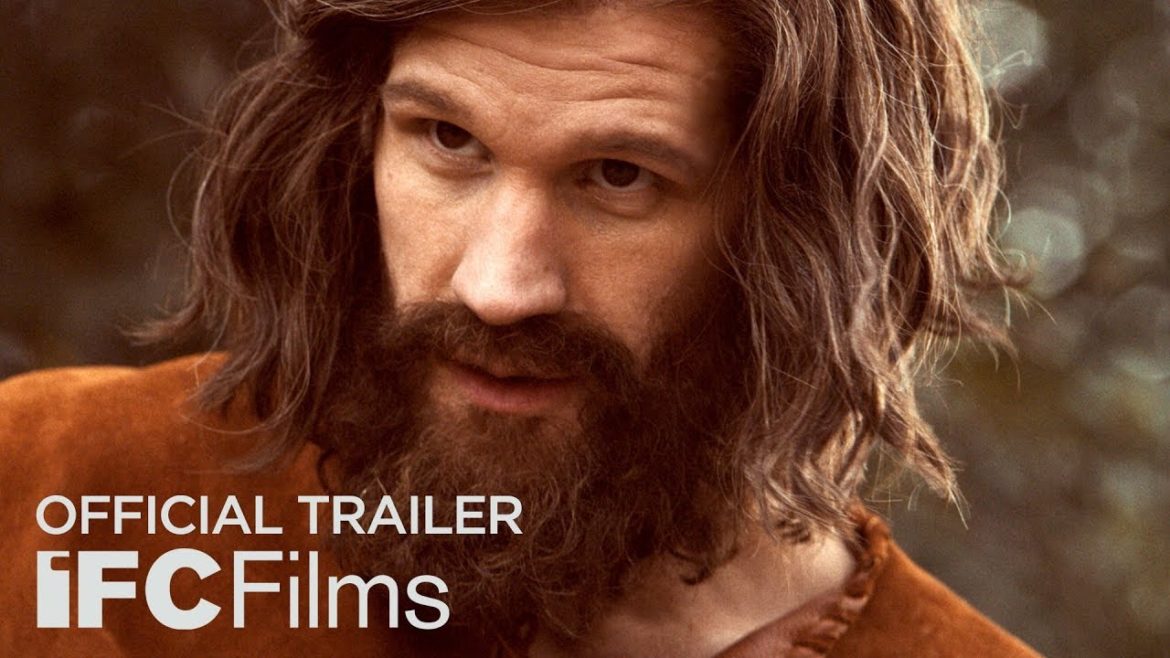TL;DR
Intended to delve into the chilling manipulation behind the Manson Family murders, *Charlie Says* unfortunately misses the mark. Despite Mary Harron’s direction, the film struggles with an underdeveloped protagonist, a disjointed narrative, and a failure to evoke emotional impact, particularly in its rushed depiction of the pivotal Sharon Tate murder. While Matt Smith shines as Manson and Grace Van Dien impresses, the overall experience feels less like a compelling psychological study and more like a frustrating glimpse into manipulated choices. Discover if this film's few redeeming qualities can salvage its potential, or if it's a missed opportunity in the realm of true crime cinema. Read the full review to decide.
According to IMDB, Charlie Says is “The tragic tale of an all-American girl who was transformed into a cold-blooded killer in the summer of 1969.” The film, however, fails to deliver on this premise, offering a less compelling narrative than anticipated.
With the backdrop of the currently screening Once Upon a Time in Hollywood, which presents an alternative interpretation of the Manson Family events of August 1969, the opportunity to review Charlie Says, a film based on those real events and directed by Mary Harron (of American Psycho fame), was met with anticipation. The potential to explore the disturbing phenomenon of extreme manipulation leading to heinous crimes was appealing. While the film proved to be an experience, it was not in the positive sense hoped for.
The viewer quickly discerns that the film lacks a defined protagonist. While the narrative attempts to focus on Lulu (portrayed by Hannah Murray), her character remains underdeveloped. Her background prior to joining the Manson Family is unexplored, and her motivations are unclear. A scene where she informs her seemingly loving mother that she will not be returning home lacks context, as the realities of life within the Manson Family, and her life beforehand, are not sufficiently established for comparison.
Charlie Says alternates between the period preceding the murders and the aftermath in prison. In the prison sequences, Karlene (played by Merrit Wever) attempts to rehabilitate the three women and encourage them to confront their crimes. Progress is limited, and their eventual realization of the gravity of their actions feels forced and dependent on the demands of the script. Furthermore, the film’s repetitive zoom-in and fade-out transitions to the past create a sense of amateurism.
Director Mary Harron and screenwriter Guinevere Turner previously collaborated successfully on the adaptation of Brett Easton Ellis’s novel, American Psycho. Despite the book’s extreme content, the film distilled its essence, rearranged certain elements, and transformed the narrative into a cinematic highlight, launching Christian Bale into stardom. The question then arises: how could Charlie Says falter so significantly at almost every stage?
The film fails to engage the audience with its characters, particularly the supposed protagonist. Disconnected events unfold without clear cohesion; dialogue in the prison scenes rarely connects to the events of the past. Critically, the depiction of the Sharon Tate murder, a pivotal moment, feels rushed and devoid of emotional impact. The film aims to illustrate Charles Manson’s manipulative control over the women, but instead, it elicits frustration with their choices. A more explicit portrayal of the women’s inability or perceived inability to leave Manson’s influence might have resonated more effectively. A longer format, such as a TV series, could have allowed for a more nuanced exploration of these complexities.
Does Charlie Says offer any redeeming qualities? A few, but they are limited. Matt Smith’s portrayal of Charles Manson captures the character’s psychopathic nature effectively, revealing a surprising sensitivity. While Margot Robbie’s casting as Sharon Tate in Tarantino’s film has garnered attention, Grace Van Dien delivers a compelling performance in her brief scenes. Additionally, the film’s conclusion features some disturbing and well-acted sequences, suggesting a glimpse of Harron’s directorial talent.
Upon inserting the Blu-ray disc, the presentation quality was reminiscent of a low-budget DVD release from the late 1990s. The disc lacks menus, chapter selections, and offers only a few trailers for other films. The presentation is minimal and lacks any supplemental material, a significant oversight considering the film’s historical basis. The audio and video quality are adequate but unremarkable.
In conclusion, Charlie Says is a disappointing film that fails to capitalize on its potential. The hope was to witness Mary Harron and Guinevere Turner recreate their past success and deliver a memorable cinematic experience. While the film is certainly unique, it is so for all the wrong reasons.
